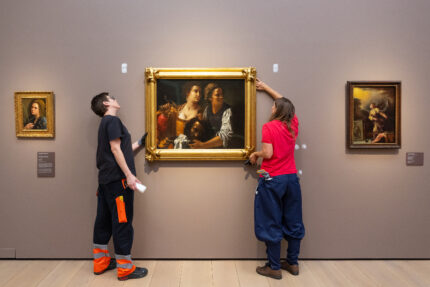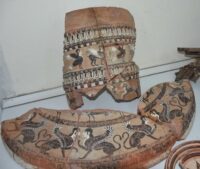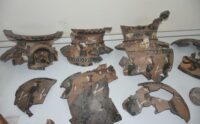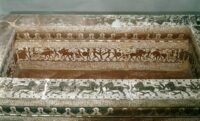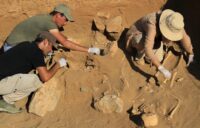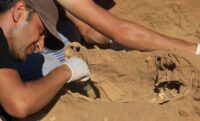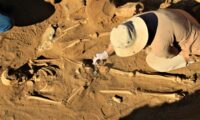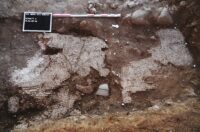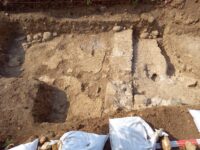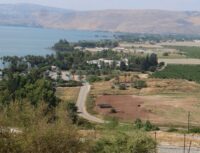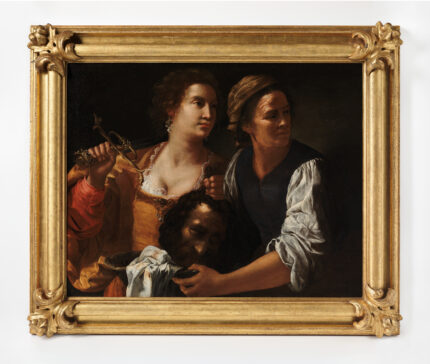 The National Museum of Art, Architecture and Design in Oslo has acquired a rare work by Artemisia Gentileschi, Judith and her Maidservant with the Head of Holofernes (1639-40). Donated to the museum by philanthropic the DNB Savings Bank Foundation, it is one of very few paintings by the Baroque master that is unambiguous in its attribution because she signed her name in Judith’s sword. The painting was only previously known from an old black and white photograph, so until this acquisition, art historians had no idea it was signed.
The National Museum of Art, Architecture and Design in Oslo has acquired a rare work by Artemisia Gentileschi, Judith and her Maidservant with the Head of Holofernes (1639-40). Donated to the museum by philanthropic the DNB Savings Bank Foundation, it is one of very few paintings by the Baroque master that is unambiguous in its attribution because she signed her name in Judith’s sword. The painting was only previously known from an old black and white photograph, so until this acquisition, art historians had no idea it was signed.
Judith slaying Holofernes was a subject Artemisia revisited repeatedly. This is one of her later versions. The fine weave of the canvas indicates it was not of Italian origin, which means she has to have painted it when she was in London working with her father and brothers on commissions from King Charles I between the end of 1638 and her return to Naples in 1640.
The painting will join other works by Artemisia Gentileschi at the National Museum. These include the early work Saint Catharine of Alexandria (1614–15), on loan from a private collection, and The Penitent Mary Magdalene (1640). The National Museum also holds an earlier Judith and her Maidservant with the Head of Holofernes, painted by Artemisia’s father Orazio Gentileschi (between 1608 and 1612), on which she must have worked while she was in training at her father’s studio. The new acquisition means that the National Museum is the museum with the most works by Artemisia Gentileschi outside of Italy.
“We are happy that this masterpiece now will be on display at the National Museum in Oslo. Now, the museum can show four paintings by Artemisia Gentileschi, and this is rare for any museum,” says Manager for Art and culture in the DNB Savings Bank Foundation, Anders Bjørnsen.
The painting will only be on display for a few weeks before it travels to Naples for an exhibition, Artemisia Gentileschi in Naples, at the Gallerie d’Italia. The exhibition focuses on the decade she spent living and working Naples (1630-1640), which includes the two year detour in London. Judith and her Maidservant with the Head of Holofernes will return to Oslo in March 2023.
